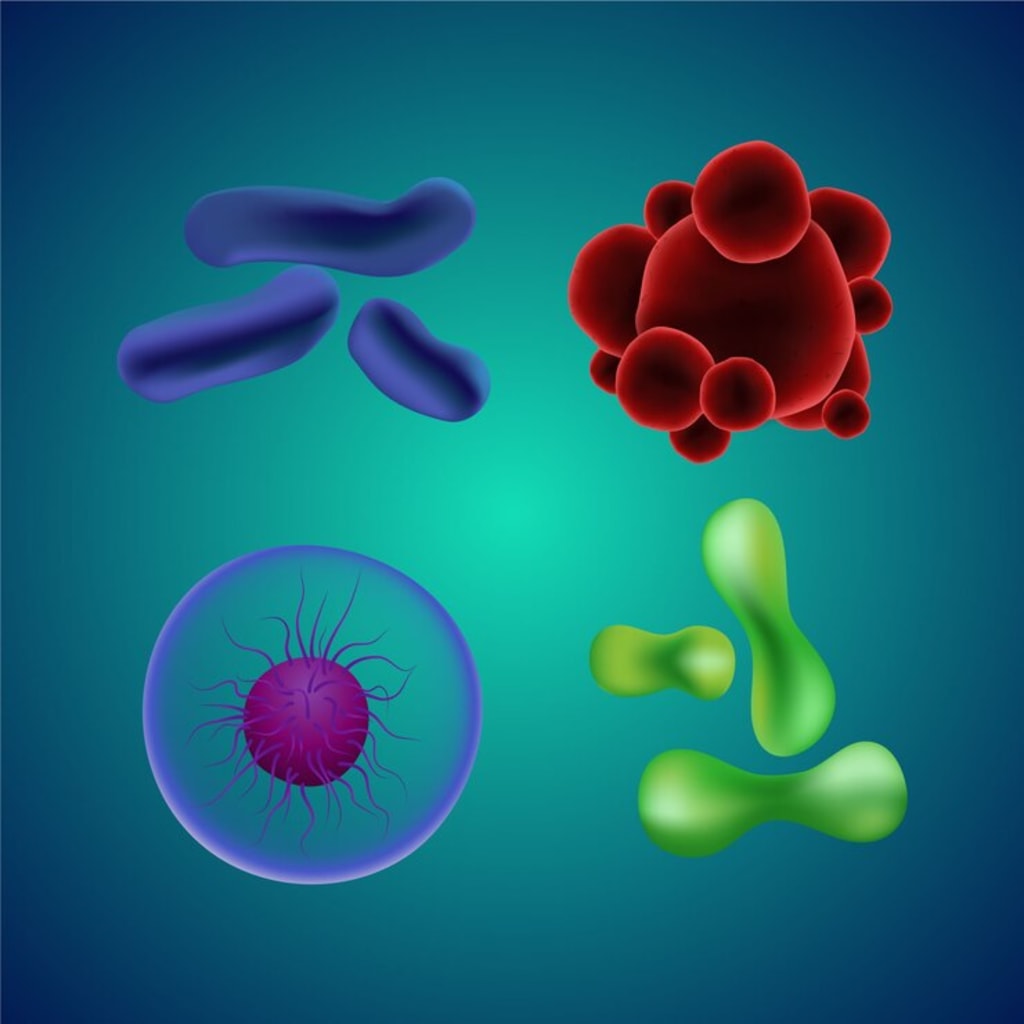The Chemistry of Life
Atoms to Digestion: The Science of Life

Presentation:
Science acts as the main thread that connects the various exhibits of organic cycles in the intricately embroidered artwork of life. Science supports every aspect of life, from the simplest unicellular organisms to the most complex multicellular organisms, such as humans. Life is fundamentally an ensemble of material responses that are organized within cells, resulting in the multitude of capacities that sustain living things. This piece explores the fascinating world of natural chemistry and how atoms work together to power digestion, which is eternally vital.
The Particles of Life:
Life, in its quintessence, is a result of science. At the core of all living life forms are particles, each assuming a significant part in the working and design of cells. Maybe the most well known atom inseparable from life is deoxyribonucleic corrosive (DNA). DNA conveys the hereditary directions important for the turn of events, working, development, and generation of every single known organic entity. Made out of nucleotides, DNA shapes the hereditary code that directs a living being's qualities and attributes.
Close by DNA, another indispensable atom is ribonucleic corrosive (RNA). RNA goes about as a courier, conveying hereditary data from DNA to the cell hardware liable for protein combination. Through a cycle known as record, RNA particles are blended from DNA layouts, filling in as the delegate between hereditary data and protein creation.
Proteins are the workhorses of the cell, completing a horde of capabilities fundamental forever. These mind boggling atoms are comprised of long chains of amino acids, collapsed into complex three-layered structures. The construction of a protein decides its capability, whether it be compounds catalyzing substance responses, antibodies protecting against microbes, or underlying proteins offering help to cells and tissues.
Nucleic acids, lipids, and sugars are three distinct types of fundamental macromolecules. Lipids have fundamental roles in cell layer structure, energy capacity, and flagging, whereas carbohydrates serve as a source of energy and the underlying scaffolding. As previously said, nucleic acids transmit and store genetic information that is essential for legacy and protein pairing.
Digestion: Life's Vital Engine
Digestion is the whole of all biochemical reactions that take place within a living thing, providing energy and building blocks for cellular functions in order to sustain life. The two main categories of this intricate arrangement of reactions are anabolism and catabolism.
Catabolic responses include the breakdown of mind boggling atoms into less difficult ones, delivering energy simultaneously. One of the most fundamental catabolic cycles is cell breath, where glucose is oxidized to deliver ATP (adenosine triphosphate), the essential energy money of the cell. Through a progression of enzymatic responses, glucose is separated in a stepwise way, producing ATP and other metabolic intermediates.
Anabolic responses, then again, include the amalgamation of mind boggling particles from less complex ones, requiring energy input. These responses are urgent for cell development, fix, and multiplication. For example, during protein blend, amino acids are connected together to shape polypeptide chains, worked with by the ribosomes and different chemicals.
The guideline of digestion is firmly controlled to keep up with cell homeostasis and answer changing natural circumstances. Criticism components, allosteric guideline, and hormonal signs assume key parts in regulating metabolic pathways, guaranteeing that energy creation and utilization are adjusted to address the creature's issues.
Past Energy: Digestion in Well being and Sickness
While digestion is fundamentally connected with energy creation, its importance stretches out a long ways past simple fuel use. Metabolic pathways are complicatedly connected to different physiological cycles, including the resistant reaction, cell flagging, and synapse amalgamation.
Dysregulation of digestion is embroiled in various sicknesses, going from metabolic problems like diabetes and stoutness to malignant growth and neurodegenerative illnesses. Understanding the biochemical premise of these circumstances gives bits of knowledge into potential remedial intercessions pointed toward reestablishing metabolic equilibrium and further developing well being results.
End:
The science of life is a charming embroidery woven from a multifaceted exchange of particles and metabolic pathways. From the tiniest organic entity to the most unpredictable living things, science fills in as the justification behind typical cycles, actuating the stack furthest reaches that are never-ending. Researchers continue to reveal new pieces of information into the secret purposes behind prosperity and illness in the structure by unraveling the mysteries of innate science, clearing a path for creative prescriptions and interventions. The unpredictability and power of living normal things become dynamically obvious to us as we all the more profoundly concentrate on the investigation of life.
About the Creator
gohar gohar
"Crafting tales that transcend reality, I mold worlds with words, weaving intricate plots and vibrant characters, inviting readers into realms of imagination."
Enjoyed the story? Support the Creator.
Subscribe for free to receive all their stories in your feed. You could also pledge your support or give them a one-off tip, letting them know you appreciate their work.





Comments (1)
Hey, just wanna let you know that this is more suitable to be posted in the FYI community 😊